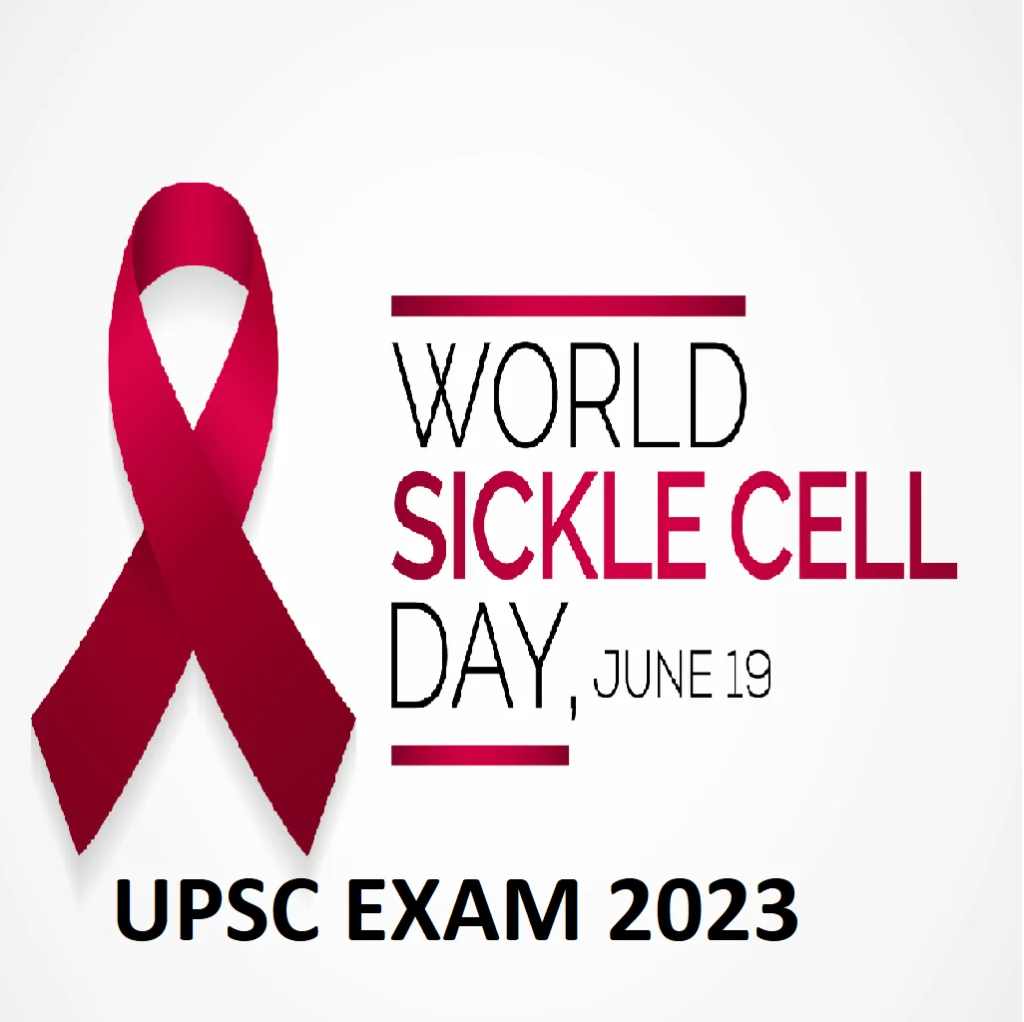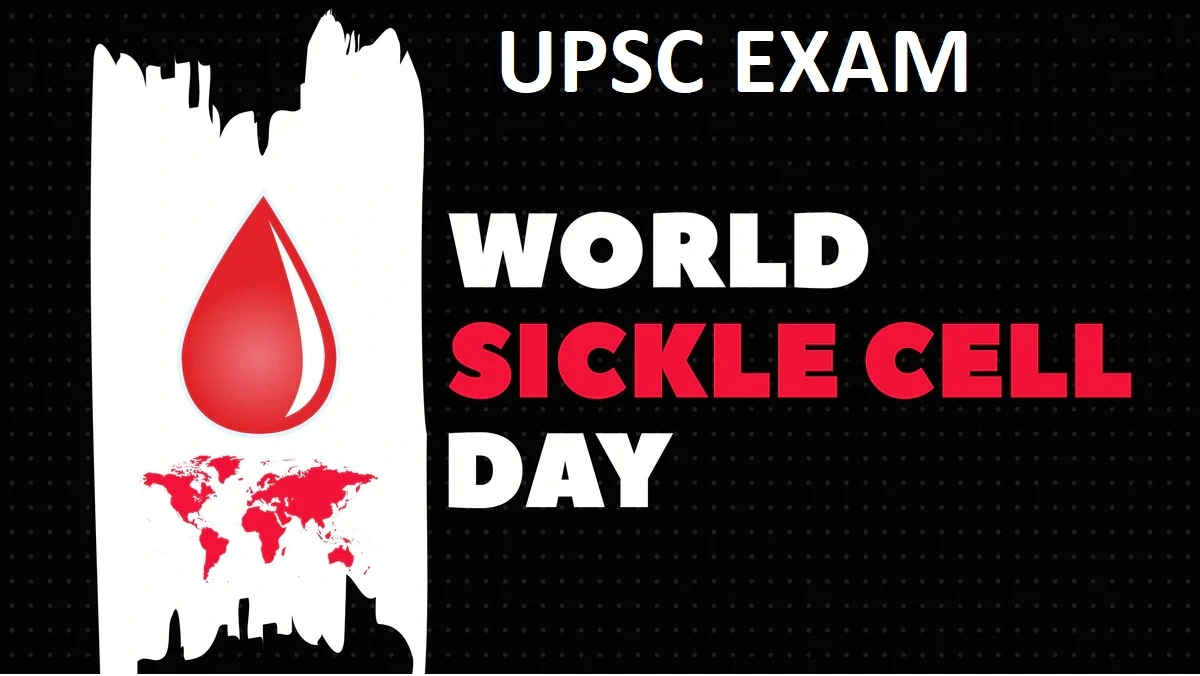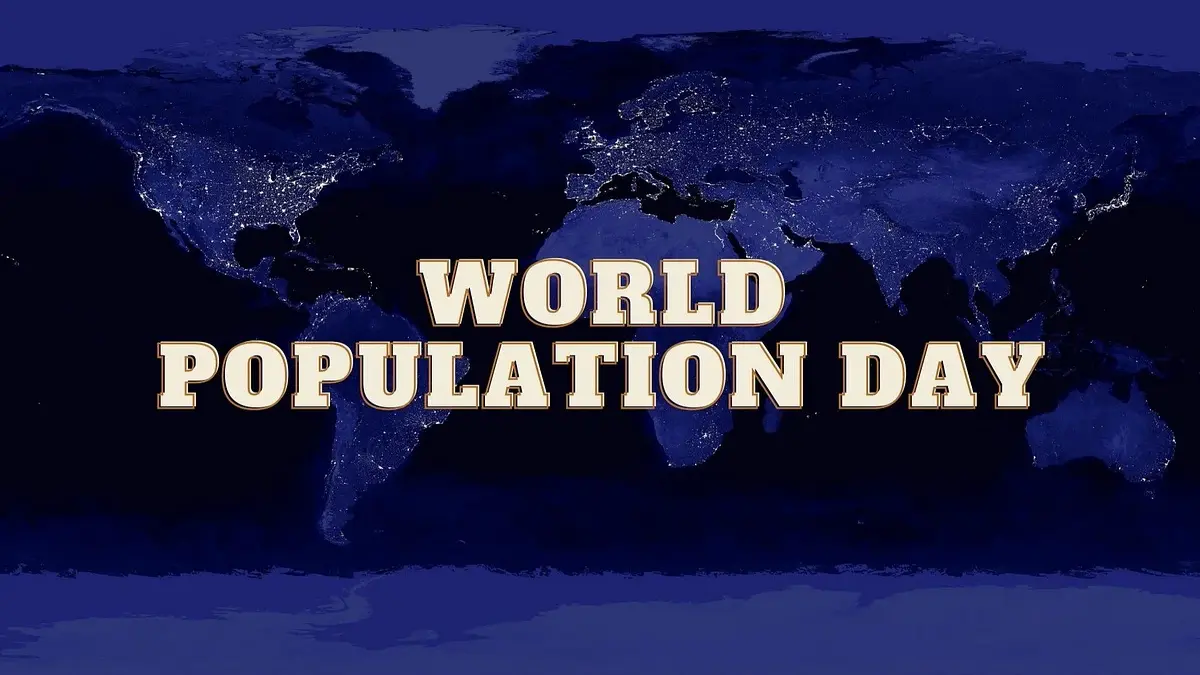
Table of Contents
Introduction
Welcome to this comprehensive guide on important topics for UPSC related to World Sickle Cell Day 2023. In this article, we will delve into various aspects of sickle cell disease, its global impact, and the significance of World Sickle Cell Day. UPSC aspirants often encounter questions related to public health and diseases in their exams. By understanding the key topics surrounding World Sickle Cell Day, you will be better prepared to tackle such questions and enhance your chances of success in the UPSC examinations. So let’s dive in!
Understanding Sickle Cell Disease
Sickle cell disease is a genetic blood disorder characterized by abnormal hemoglobin production, leading to the deformation of red blood cells. These deformed red blood cells, resembling sickles, can block blood flow, causing severe pain, organ damage, and various other complications. This inherited condition primarily affects individuals of African, Mediterranean, Middle Eastern, and Indian descent.
Symptoms and Complications
The symptoms of sickle cell disease can vary from person to person. Common symptoms include:
- Painful episodes known as “crises”
- Anemia
- Fatigue
- Jaundice
- Frequent infections
Complications associated with sickle cell disease include:
- Stroke
- Acute chest syndrome
- Organ damage (kidney, liver, spleen)
- Delayed growth and development
- Vision problems
World Sickle Cell Day 2023: A Global Initiative
Significance of World Sickle Cell Day
World Sickle Cell Day is observed annually on June 19th to raise awareness about sickle cell disease and promote better understanding and treatment of the condition. This day serves as a platform to address the challenges faced by individuals living with sickle cell disease and their families.
History and Initiatives
World Sickle Cell Day was first established by the United Nations General Assembly in 2008 to recognize sickle cell disease as a public health concern. Since then, numerous organizations, including the World Health Organization (WHO) and non-governmental organizations (NGOs), have been actively involved in spreading awareness and supporting research and treatment initiatives.
Important Topics for UPSC
The Global Burden of Sickle Cell Disease
Q: What is the global burden of sickle cell disease? A: Sickle cell disease affects millions of people worldwide, particularly in sub-Saharan Africa, India, and other parts of the world with a high prevalence of the sickle cell gene. According to the World Health Organization, it is estimated that over 300,000 babies are born with sickle cell disease each year.
Genetic Basis of Sickle Cell Disease
Q: What is the genetic basis of sickle cell disease? A: Sickle cell disease is caused by a mutation in the gene responsible for producing hemoglobin, the protein that carries oxygen in the red blood cells. This mutation leads to the production of abnormal hemoglobin, known as hemoglobin S, which causes the characteristic sickling of red blood cells.
Diagnosis and Screening of Sickle Cell Disease
Q: How is sickle cell disease diagnosed and screened? A: Sickle cell disease can be diagnosed through various methods, including blood tests, hemoglobin electrophoresis, and genetic testing. Newborn screening programs have been implemented in many countries to identify infants with sickle cell disease early on, allowing for prompt medical interventions.
Treatment and Management of Sickle Cell Disease
Q: What are the treatment options for sickle cell disease? A: The treatment and management of sickle cell disease aim to alleviate symptoms, prevent complications, and improve the quality of life for individuals with the condition. This may involve pain management, blood transfusions, hydroxyurea therapy, and bone marrow transplantation in certain cases.
Public Health Strategies for Sickle Cell Disease
Q: What are the public health strategies for sickle cell disease? A: Public health strategies for sickle cell disease encompass a range of initiatives, including awareness campaigns, education programs, genetic counseling, and comprehensive healthcare services. Governments and organizations are working together to ensure early diagnosis, access to affordable treatments, and support for individuals with sickle cell disease.
Research and Future Directions
Q: What are the current research and future directions in sickle cell disease? A: Ongoing research in sickle cell disease focuses on developing new treatments, improving diagnostic methods, and exploring potential gene therapies and stem cell transplantation techniques. The ultimate goal is to find a cure for sickle cell disease and improve the overall well-being of affected individuals.
Conclusion
In conclusion, understanding the important topics for UPSC related to World Sickle Cell Day 2023 is crucial for aspirants preparing for the examinations. Sickle cell disease poses a significant global health challenge, and initiatives like World Sickle Cell Day play a vital role in raising awareness, supporting research, and improving the lives of individuals affected by the condition. By staying informed about the key aspects of sickle cell disease, you will be better equipped to tackle questions related to public health and contribute to the efforts aimed at combating this genetic blood disorder.
GET MORE INFO- UPSC Success Zone: How to Crack the Exam for Free and Secure Your Dream Career!











